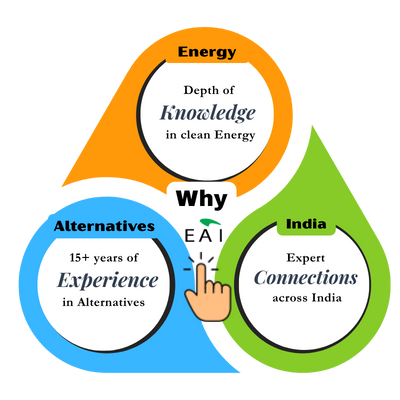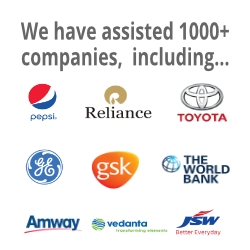What if I told you that you share an intimate bond with ammonia?
“Seriously, Narsi!”
The nitrogen in your body’s protein likely came from ammonia, as it is one of the main forms in which fertilizers feed nitrogen to plants (the other two being nitrates and urea).
Not surprisingly hence, until now, ammonia was discussed mainly in the context of fertilizers, which account for about 70% of ammonia used globally.
Net Zero by Narsi
Insights and interactions on climate action by Narasimhan Santhanam, Director - EAI
View full playlistBut in the last few years, it has taken an important spot in the discussions around green hydrogen.
Why?
Mainly because it is much easier to store and transport ammonia:
=> Ammonia can be liquefied at -33 degrees C while it is a really frigid -253 degrees C for hydrogen.
=> Hydrogen flammability starts at 4% concentration (by volume) while it starts at 18% for ammonia
=> Liquid ammonia has a volumetric energy density of about 3525 Wh/liter while it is much lower for liquid hydrogen (about 2350).
Ammonia does present some health hazards on leakage (skin irritation, lung damage at high concentrations), but on the whole, it is safer than hydrogen for logistics.
Another thing that works for ammonia: Thanks to its use in fertilizers, ammonia has been transported on long and diverse paths (road, water, rail) across the world for decades, whereas hydrogen transport has been much more selective and local, mostly within refineries.
Thus, by using H2 as liquid NH3, you can transport 50% more energy (liquid-liquid comparison) in the same tank, at lower risks and much lower liquefaction & transport costs.
But – you need to use additional energy to make ammonia at generation-side and use more energy to convert it back to hydrogen at user-end through an ammonia cracking process. (There are some energy applications that can directly use ammonia as fuel, but these are still evolving).
So, to combat the significant logistics challenge that green hydrogen poses, the model that the green hydrogen sector is thinking up is as follows: ??????? ???????? ???? ??????? (????? ????? ?????), ????????? ?? ?? ????? ????? ??? ?????? ??????, ??? ???? ??????? ?? ???? ?? ???????? ??????? ? ???????? ??????? ?? ??? ??? ???? ????????.
Sounds like a rather complex process to transport what seems the simplest of elements, doesn’t it?
But then, hydrogen, as elegant and harmless as it looks in its formula and in its top spot in the periodic table, is a complex fellow when it comes to transport and storage, as we discussed briefly in other posts (See Implications of low volumetric energy density of H2 – https://shorturl.at/epE39 and also: Where should green hydrogen be produced? – https://shorturl.at/tzQW6 ).
(See all my decarbonization posts from ??? ???? ?? ????? – https://shorturl.at/jx137 )





 Our specialty focus areas include
Our specialty focus areas include

 ZEV India Partnership – Driving Truck Electrification through Collaboration
ZEV India Partnership – Driving Truck Electrification through Collaboration

